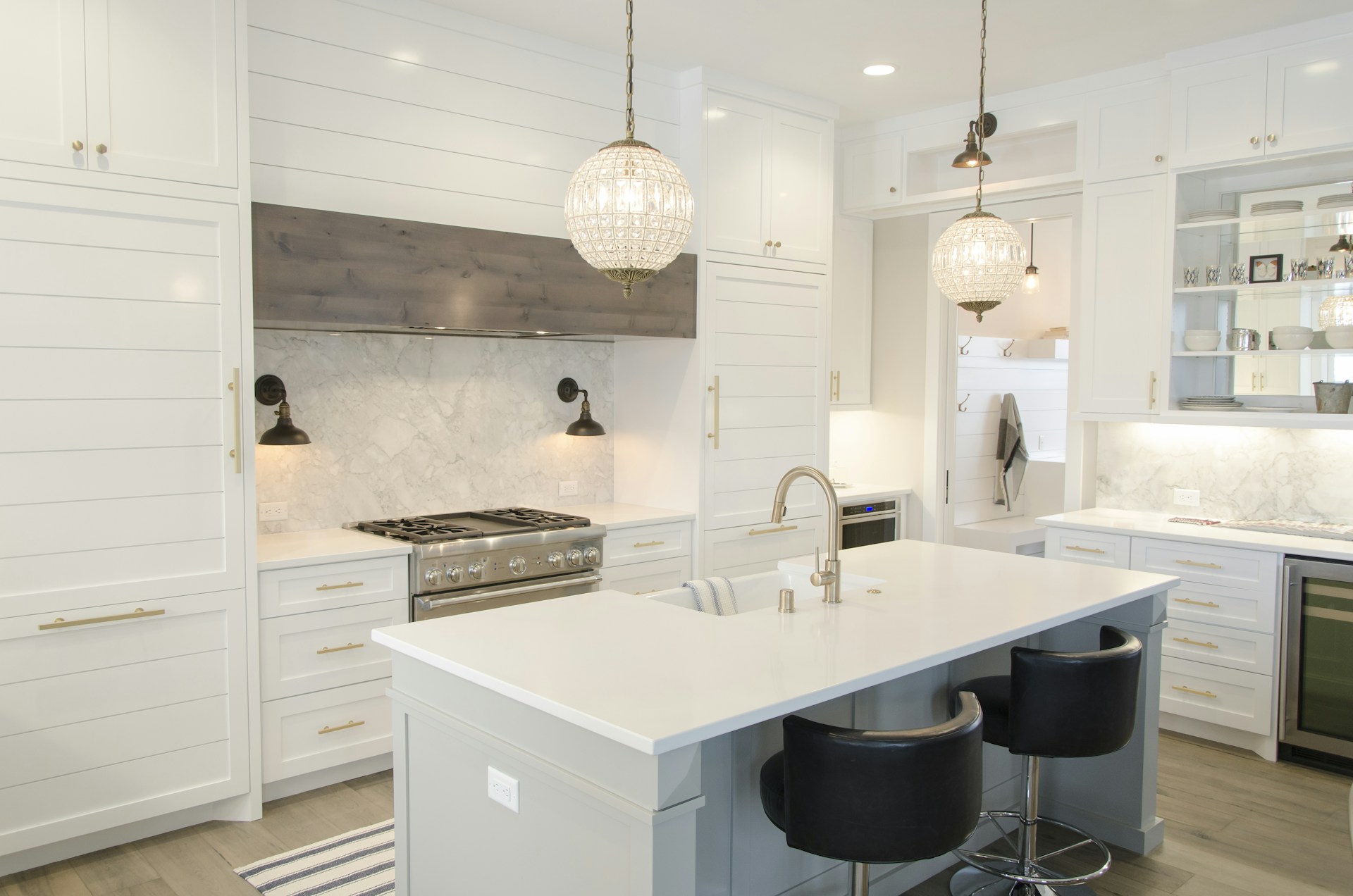
BLOG
Secrets to Creating a Cozy Home: Modern Interior Design Trends
Modern interior design is continuously evolving to meet the changing lifestyles and aesthetic demands of today. In our fast-paced world, comfort and functionality have become central to design. Here are some of the latest modern interior design trends to help you create a home that is both stylish and inviting:
Incorporating Natural Elements
Modern design emphasizes a connection with nature. Utilizing natural materials like wood, stone, and bamboo not only adds an earthy beauty to interiors but also creates a calming atmosphere. Integrating plants and natural light is also crucial, as they bring a refreshing touch and enhance the overall healthiness of the environment.Simplicity with Elegance
Minimalism remains a dominant trend in modern interior design. Clean lines, simple shapes, and neutral tones contribute to a relaxing, uncluttered space. However, minimalism doesn’t mean a lack of personality. Carefully selected artwork and unique decorative items can infuse a minimalist design with character and charm.Integration of Smart Home Technology
Technological advancements have led to the widespread adoption of smart home features. From smart lighting to automated blinds, modern interior design increasingly incorporates high-tech elements. These systems not only provide convenience but also enhance comfort and security in the home.Multi-Functional Spaces
With living spaces becoming more compact, designing multi-functional areas has become essential. Flexible and adaptable furniture allows spaces to be transformed according to need, balancing functionality with visual cleanliness.
Whether you’re embarking on a major renovation or a minor update, these trends can bring a fresh and modern vibe to your space. By incorporating these design elements, you can create a living environment that is both aesthetically pleasing and comfortable.


Enhancing Interior Design with Color: The Art of Color Psychology
Color plays a pivotal role in interior design, influencing not only the visual appeal of a space but also the mood and emotions of its occupants. Understanding color psychology and applying it effectively can help you create a living environment that is both beautiful and conducive to well-being. Here are some common colors and their applications in interior design:
Warm Tones: Energy and Passion
Warm tones such as red, orange, and yellow evoke feelings of energy and warmth. These colors are ideal for spaces where you want to stimulate activity and conversation, such as living rooms and dining areas. However, use warm colors sparingly to avoid overwhelming the space.Cool Tones: Calm and Relaxation
Cool tones like blue, green, and purple typically convey a sense of calm and relaxation. These colors are perfect for spaces designed for rest, such as bedrooms and bathrooms. Cool tones can help lower heart rates and promote relaxation, making them ideal for creating a peaceful sleep environment.Neutral Tones: Balance and Harmony
Neutral tones such as gray, beige, and white provide a balanced backdrop that allows other colors and décor to stand out. They also help in visually expanding a space, making them suitable for smaller rooms. Adding vibrant color accents to a neutral base can break monotony and add depth to the design.Natural Tones: A Sense of Nature
Natural tones like earthy browns, greens, and sand mimic the colors of the natural world, creating a sense of comfort and connection with nature. These colors are particularly well-suited for living areas and offices, helping to establish a harmonious and grounded environment.
By thoughtfully applying color psychology, you can significantly impact the atmosphere of a space and enhance the overall experience for its occupants. Considering color choices and combinations during the design process will add a unique style and emotional depth to your interiors.


Inspiration
Transform your spaces with expert design insights.
info@gentlebreezedesigns.com
618-365-6642
© 2024. All rights reserved.
